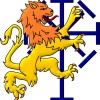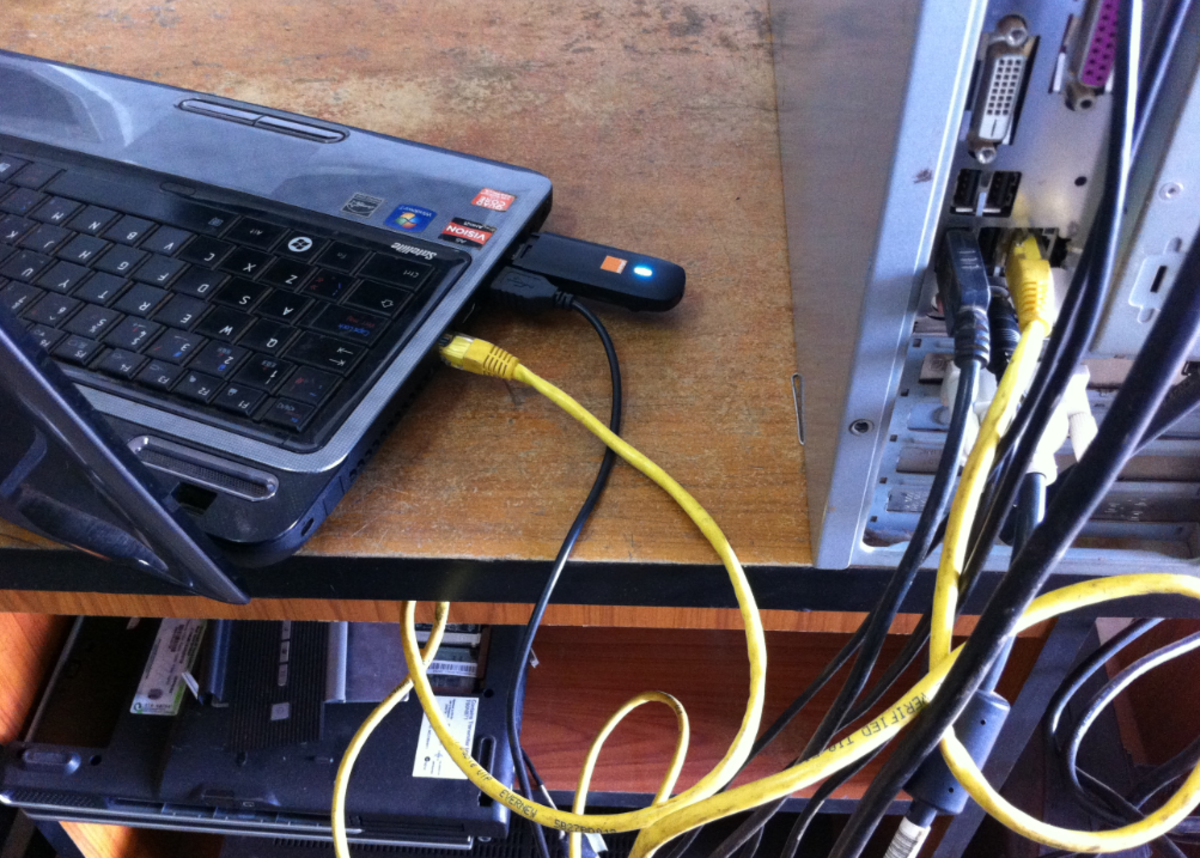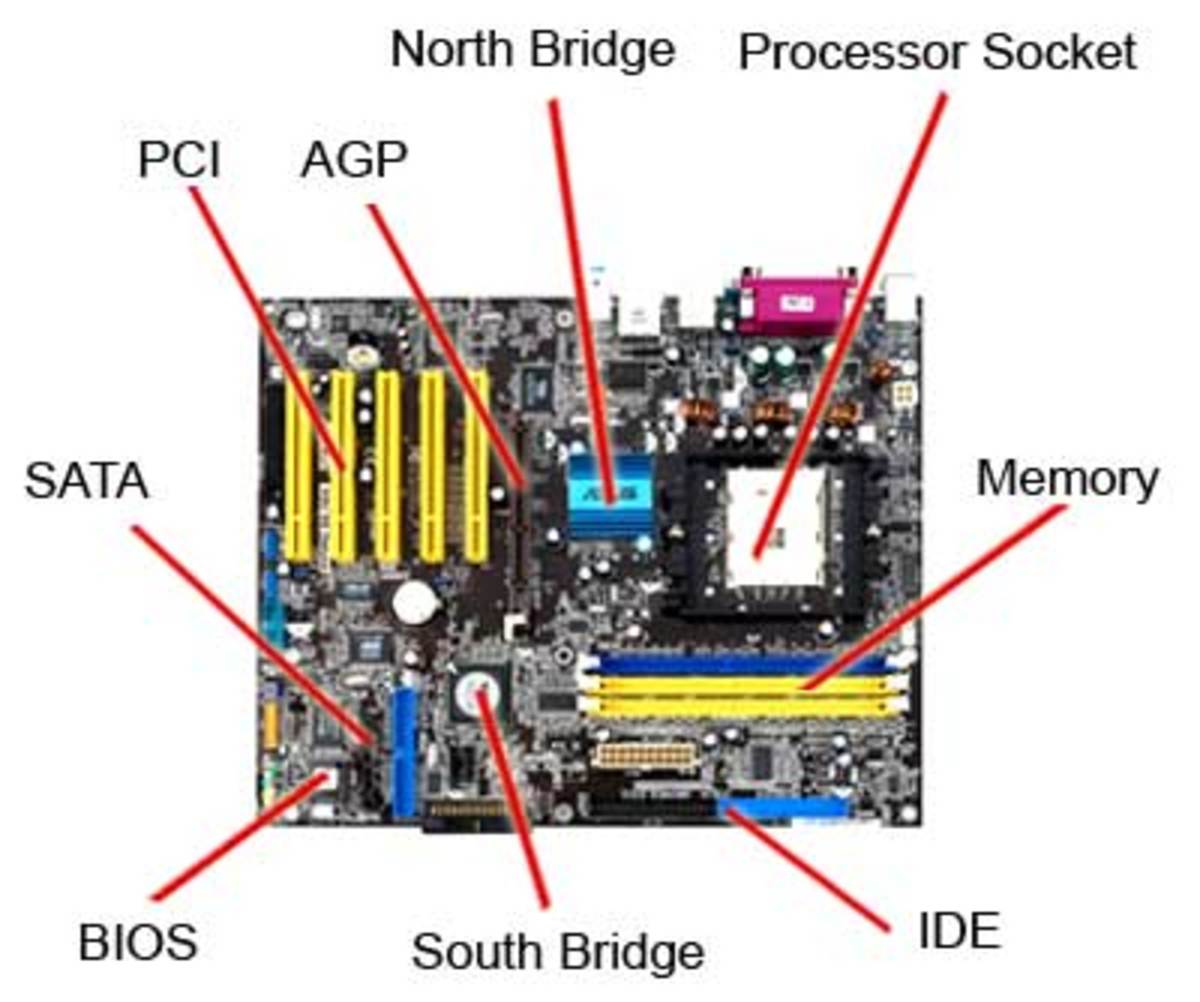All About Servers
Servers are a common part of everyday life and conversation, yet many people aren't truly familiar with what they are and how they function. People may wonder if servers something physical or just the coding or how servers are maintained and accessed. Some may even find it unclear what the purpose of a server even is. Whether used for work, play or both, here is a quick overview of what servers are, how they work and how we interact with them everyday.
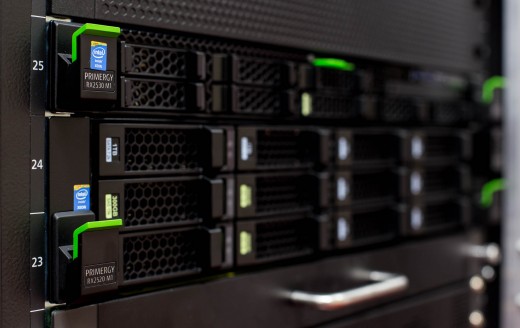
What Are Servers?
A server is a computer program or a device that processes requests and delivers data to other computers or programs called clients over a local network or the internet. Though any computer running special software can function as a server, it may not be its only function. The most typical use of the word refers to the very large, high-powered machines that function as pumps moving data across the internet. The more clients that connect to a server and the higher the amount of data traveling through it, the more servers are likely to be found with each playing an individual and dedicated role.
Strictly speaking, however, the server is the software that handles a task. The hardware that supports the software is often referred to as a server as well because the software coordinating a network of hundred or thousands of clients requires hardware much more robust than an ordinary consumer would use.
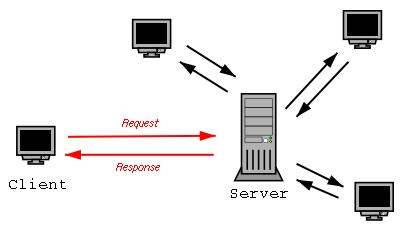
Servers are part of a client-server model in which a server serves data for clients. The communication between server and client is request and response in contrast to peer to peer models, which allow the devices on a network to work as either server or client. Though the latter allows greater privacy, most are not robust enough to support large traffic spikes. While request-response is most common in client-server design, there are others such as the publish-subscribe pattern.
Different Types of Servers
Servers are often categorized in terms of their purpose. A large network supporting a medium size company is likely to deploy several types of servers. These include web servers which show pages and run apps in connecting web browsers, email servers, that facilitate the sending and receiving of messages, FTP servers for supporting file movement through file transfer protocol tools and identity servers to support logins and security roles for authorized users.
Sever Housing
There are three common types of server housing: tower servers, rack servers and blade servers. A tower server is a computer intended for use in a server that is built in an upright, stand alone cabinet. The cabinet, referred to as a tower, is similar in size and shape to the cabinet for a tower-style personal computer.
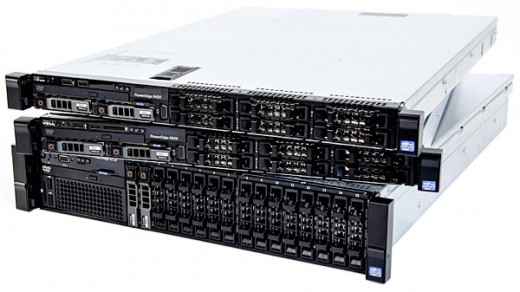
A rack server is also a computer dedicated for use as a server and designed to be installed into a framework called a rack. The rack contains multiple housing slots called bays which are designed to hold a hardware unit secured in place with screws. A rack server has a low-profile enclosure, unlike the tower in its cabinet.
A blade server is a server chassis housing multiple thin, modular electronic circuit boards known as server blades. Each blade is a server in its own right that is usually dedicated to a single operation. These servers allow more processing power while taking up less space and require less cabling. A blade server may also be referred to as a high-density server and are often used in a clustering of servers that are dedicated to a single task.

Server Maintenance
Regular server maintenance and monitoring is essential to avoid major server failure and a potential loss of essential functions. During this time, various systems should be checked and updated including back-ups, disk usage, remote management tools, any hardware errors, server utilization, user accounts and system security. Additionally, applications and operating systems should be updated. This responsibility usually falls to technical staff or outside maintenance companies.
